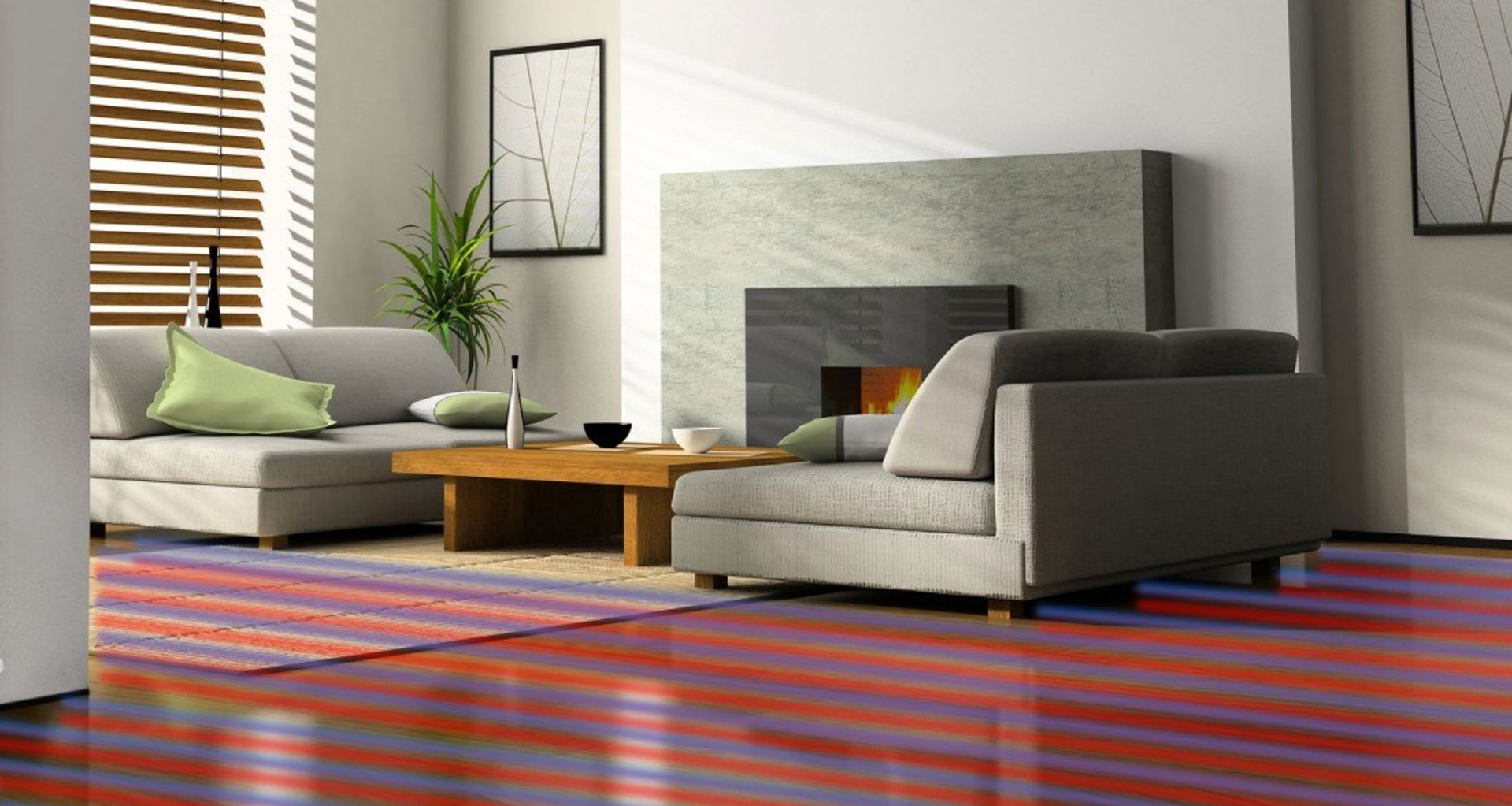Underfloor Cooling
Written by
18 April 2017
•
5 min read

Underfloor heating is a luxurious addition to any home. It provides a constant and controlled ambient heat. Until recently though, underfloor heating technology didn’t extend to provide a cooling mechanism for houses.
That’s changed with the introduction of a technology that allows underfloor heating pipes to be utilised in the summer months to provide an ambient cooling solution as well as heating in colder temperatures. The technology also allows for the heating of hot water in residential homes too, all through the one device.
Classic underfloor heating systems used either a gas or diesel boiler, or a heat pump to heat water that was then pushed through pipes under the floor to heat the slab, and in turn, warm the home.
For cooling systems in the past, heat pumps have been favoured for their cost efficiency but, as heating and cooling technical expert Darren Yearsley of Waterware says, the traditional heat pumps offer a less-than-desirable heating method.
“These older style heat pumps classically have an outdoor unit and an indoor unit. They are known as air-to-air systems because they utilise the embodied energy of the outdoor air to heat the air inside the home,” Yearsley says.
“The advantage of having an air-to-water system is that now you can use it to heat or cool radiantly and heat the hot water; heating the bones of the house radiantly creates an improved indoor environment and using a heat pump to produce hot water reduces the running costs compared to traditional hot water production.”
“Rather than having cool air blowing on you from a traditional heat pump in summer, with a radiant cooling system, the whole house itself is cool. It provides a very even cooling effect throughout the home.”
Using the same network of underfloor pipes, cool water is transferred through them, cooling, instead of heating the slab. In order to achieve this, the added cost is relatively small – Yearsley says the only addition that needs to be incorporated is a “smarter” heat pump unit and control system.
Waterware is the only company in New Zealand to offer this new technology. Known as Arotherm, the heat pump needed for this system, provides a new level in underfloor heating and cooling. “It also allows all hot water for taps and showers to be heated by this system, simultaneously to either heating or cooling the home.”

When a request is made by the hot water cylinder, this is always given priority with the Arotherm system. It will prioritise that and then return to either heating or cooling the house. “Because of the thermal mass in the slab, when the system diverts to heating hot water, the heat or cool is retained and the house remains at the desired temperature.”
The new technology also allows for two of the classic problems with underfloor heating to be a thing of the past. With a traditional control system, an indoor thermostat was used that would switch the heating on and off depending on the indoor temperature readings. Because of the inherent thermal mass the slab holds, even if the system was turned off, the house would retain a certain level of warmth for a considerable period of time. “This pent-up energy stored in the slab meant that even after the system was turned off it would continue to heat.”
It was a problem that would happen most commonly in a change of climate; for example, in the early mornings it may be cold and frosty, but by midday the temperatures rise significantly, and the system would continue to heat unnecessarily, lagging behind the changes in outdoor temperature. The same issue would occur as the temperatures dropped in the evening, with a lag between the system reaching the desired temperature.
“These are classic problems with an indoor-controlled thermostat. With the new technology, that is a thing of the past. The Arotherm system has what is called outdoor temperature compensation, so it measures the outdoor air temperature and then controls the system by varying the temperature of the water it puts into the slab based on the changes to the exterior environment, which is a much more efficient and comfortable way of heating or cooling.”
The Arotherm system will change the temperature of the water as soon as the outside temperature changes, not waiting as traditional systems did, for the indoor temperatures to move. This means that the lag in ideal indoor temperatures are avoided.
“In cooling mode, this technology provides another essential advancement. Just as a beer bottle is covered in moisture in the fridge, so too, will the slab if it is cooled to the wrong temperatures. If it reaches the ‘dew point’, it will sweat, and this is not desirable, especially if floor coverings are fitted to the slab. The technology constantly monitors outdoor air temperature and indoor humidity and automatically calculates the dew point, varying the water temperature to avoid the slab sweating.”
The ability to cool homes by way of an underfloor system is a huge step forward for the radiant heating, and now cooling, sector, and something that is set to change the way we manage the ambient temperatures in our homes.
If you’re looking to invest in a radiant heating and cooling system, get in touch with Waterware to discuss your next project. Visit them on ArchiPro here.

